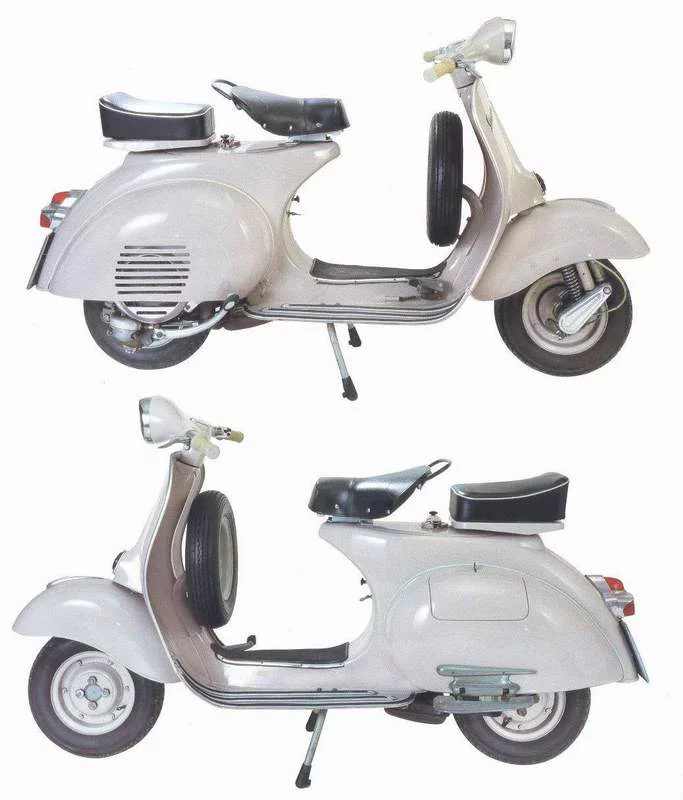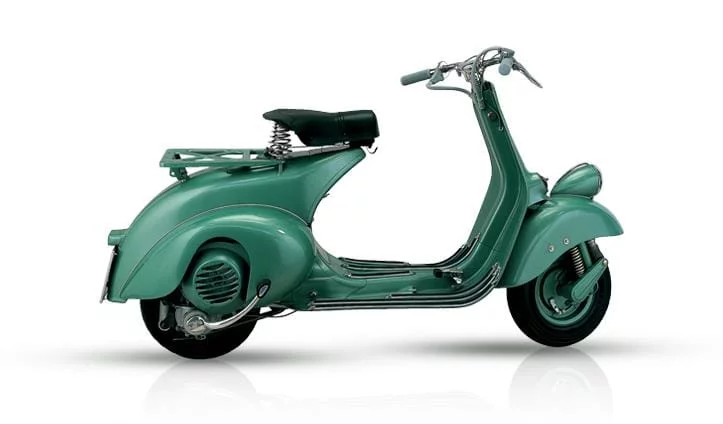Difference Vespa Smallframe Wideframe Largeframe
The History of the Vespa begins in 1946. The era of scooters begins in Italy. At the Scooter Center You have been getting spare parts, tuning parts, accessories and everything you need for a restoration of your Vespa since 1992. For classic and modern models.
Modern Vespa scooter For us, “Modern Vespa” are the new series of Vespas that Piaggio launched with the Vespa ET in 1996 for the 50th birthday of the Vespa. Followed by the Vespa GT, LX, GTS, GTV with modern automatic transmission and 4-stroke engine. Piaggio has been using old type designations for new models since 2013. Starting with the new Vespa Primavera (successor to the Vespa LX). In the meantime there is also a new Vespa Sprint. It is probably only a matter of time before there will also be a modern Vespa rally ...
We make a difference in ours Scooter shop and at the Catalogs on classic Vespas between
The main (external) difference is, as the name suggests, in the frame.
Smallframe are the Vespas with the small frame.
Largeframe Models are based on weight and dimensions greater.
Wideframe - The frame and therefore also the swing arm are wider.














































